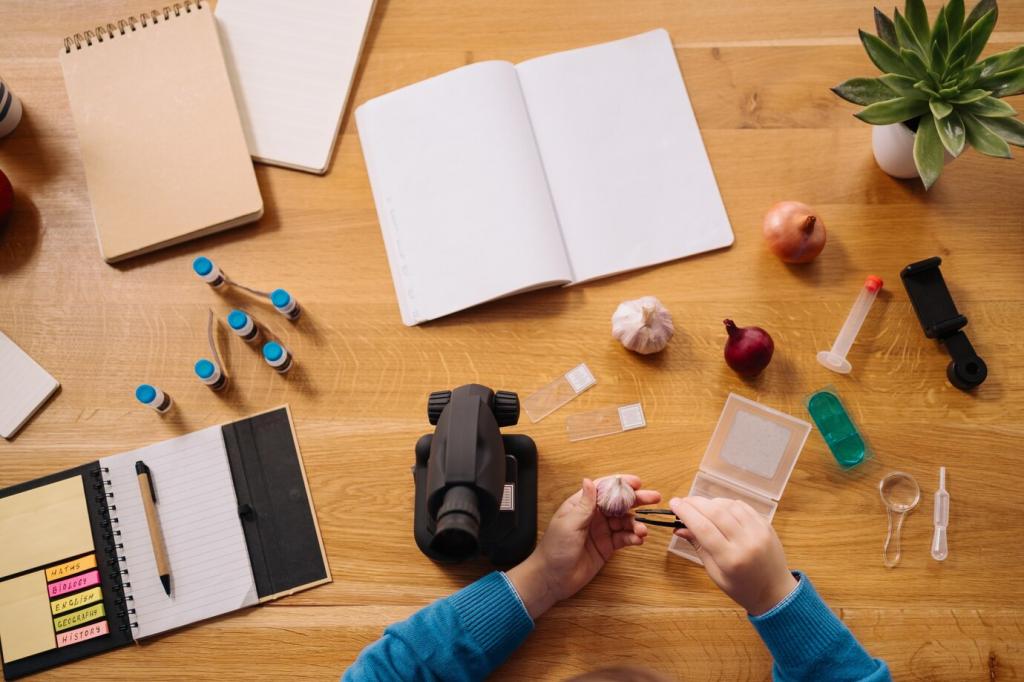Movement and Maps: Guiding the Reader Through Space
Describe a chipped lion statue, the bakery’s blue awning, and a leaning bell tower. Use recurring landmarks like chorus lines, orienting readers while deepening familiarity and inviting them to anticipate turns.
Movement and Maps: Guiding the Reader Through Space
Break long vistas with actionable beats: a boot slips, a kite tugs, a cartwheel squeaks. These small movements carry momentum through description, keeping readers engaged instead of waiting for plot.







